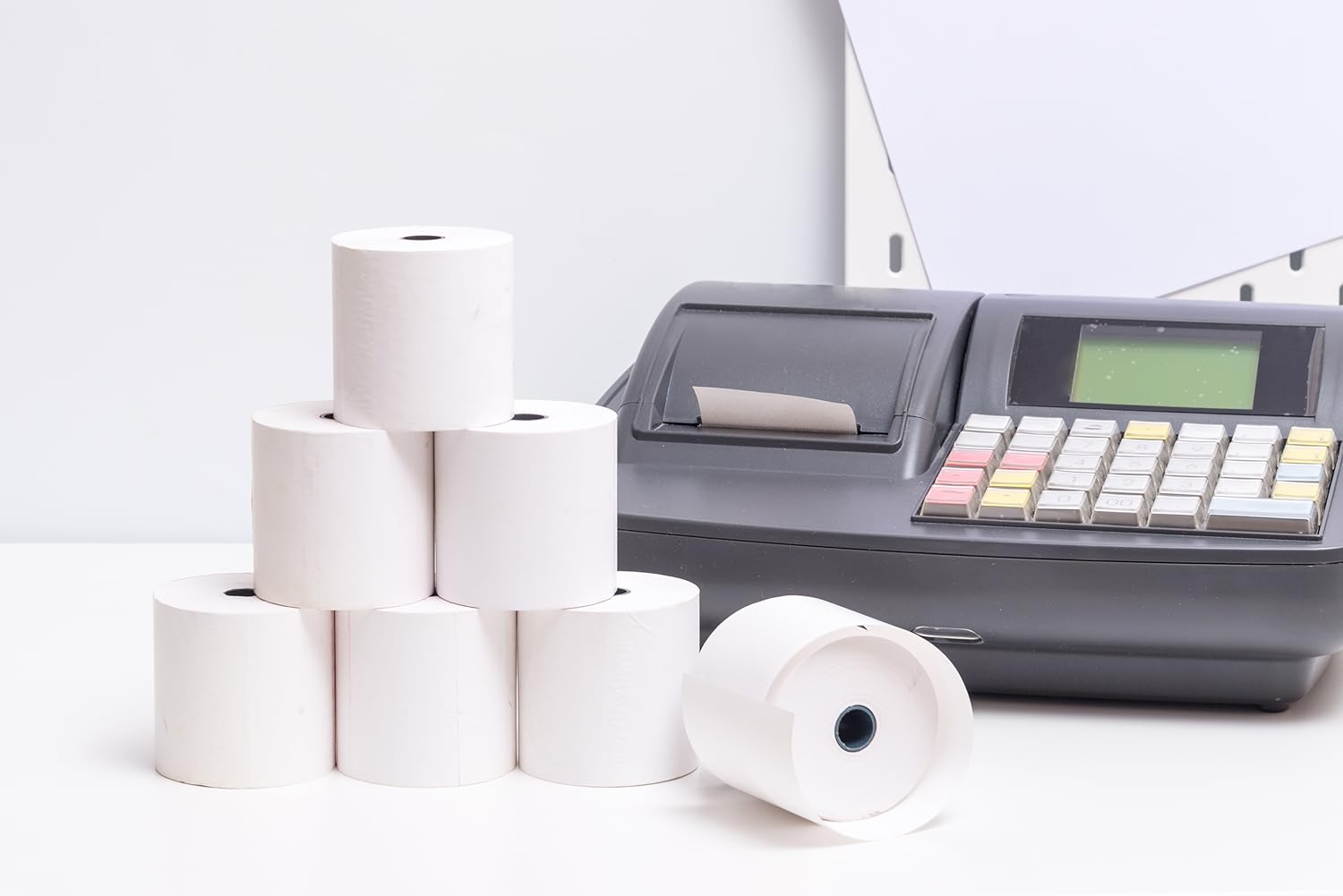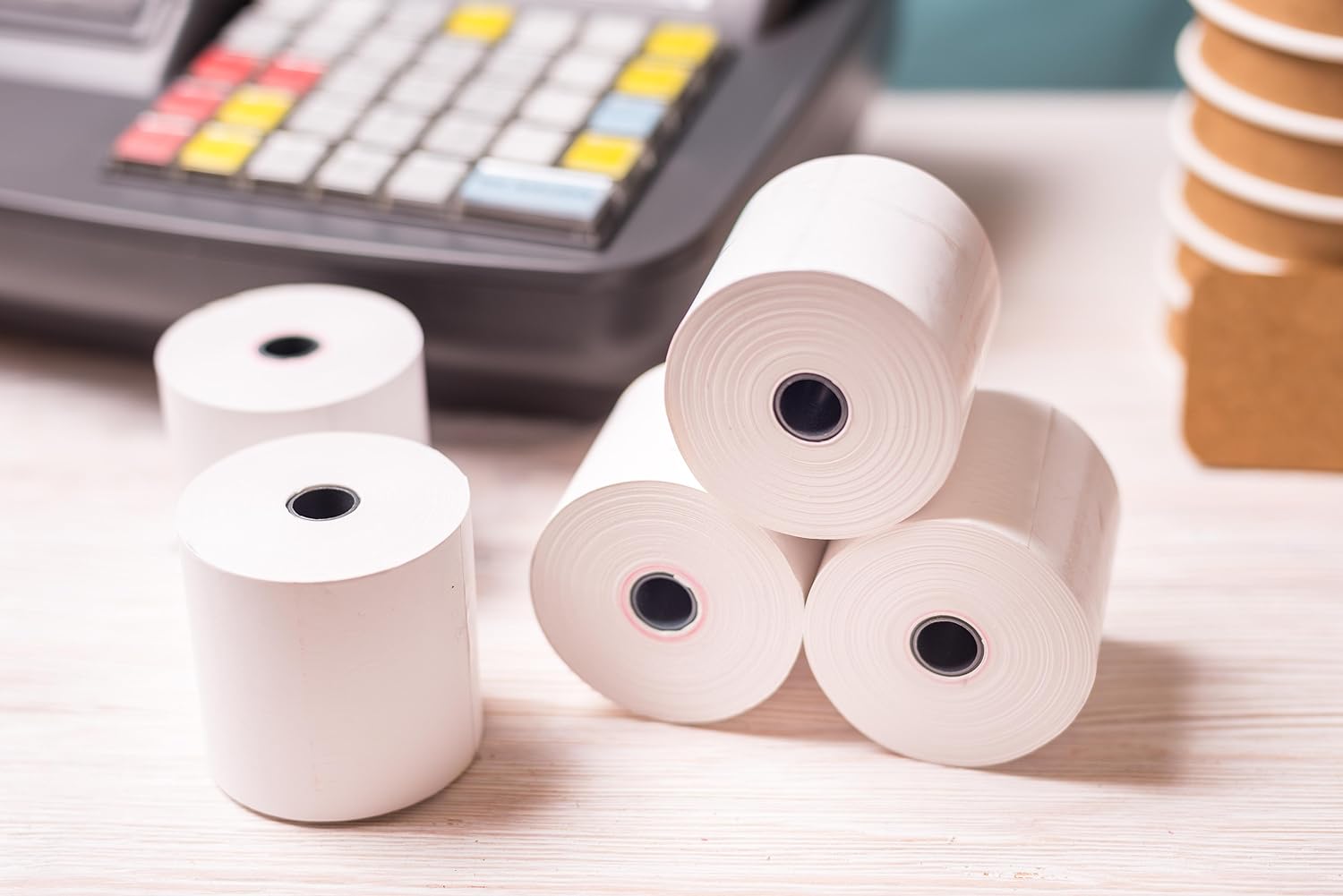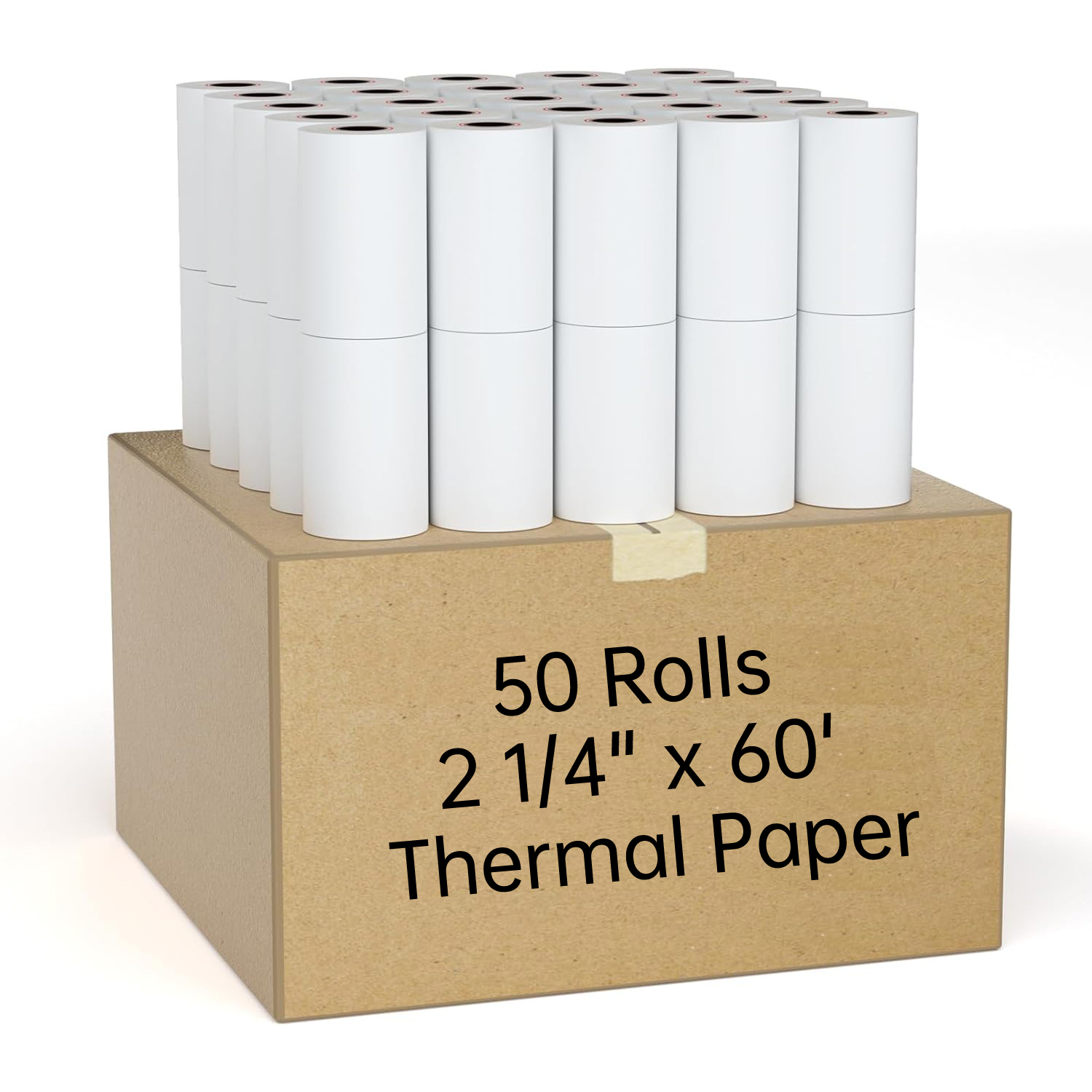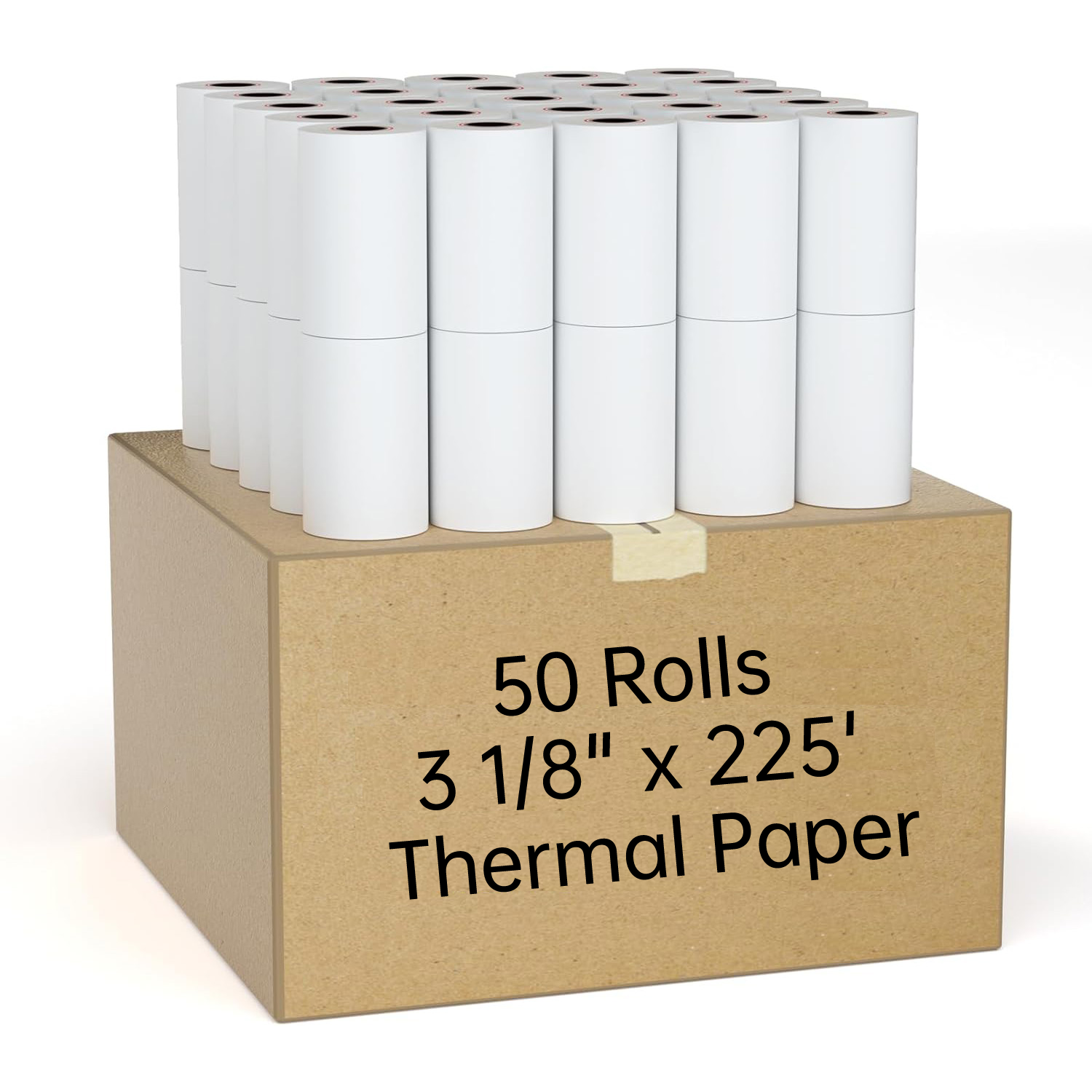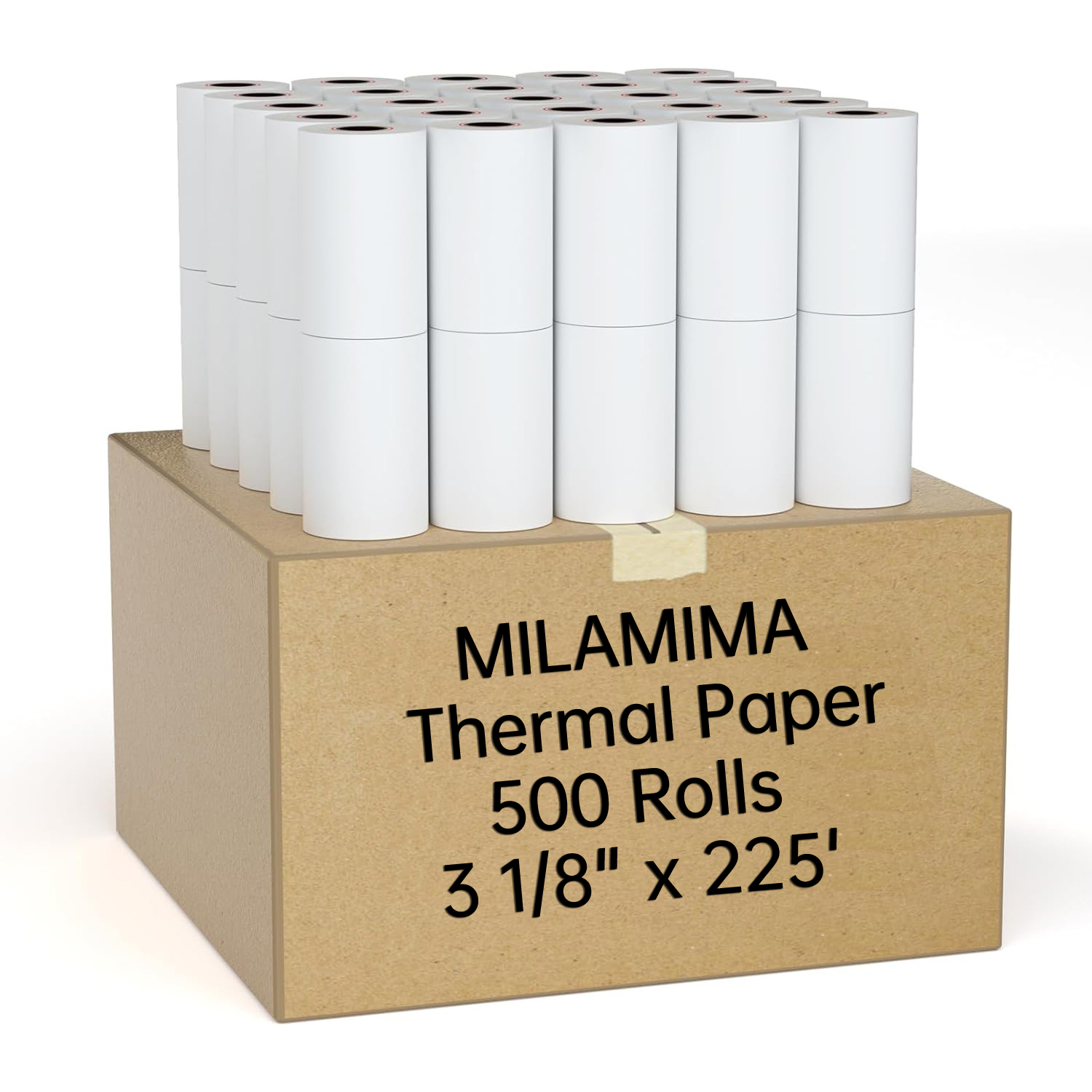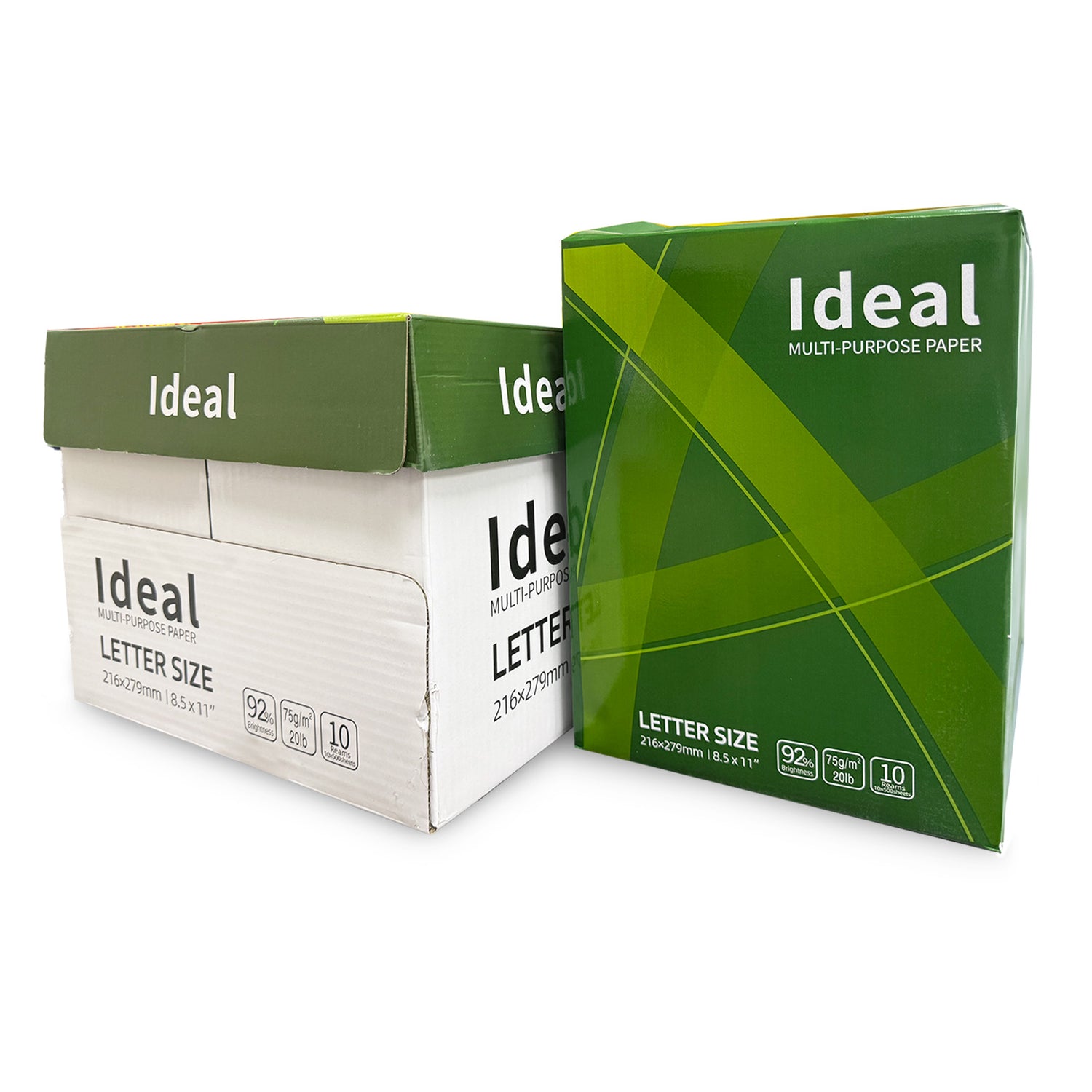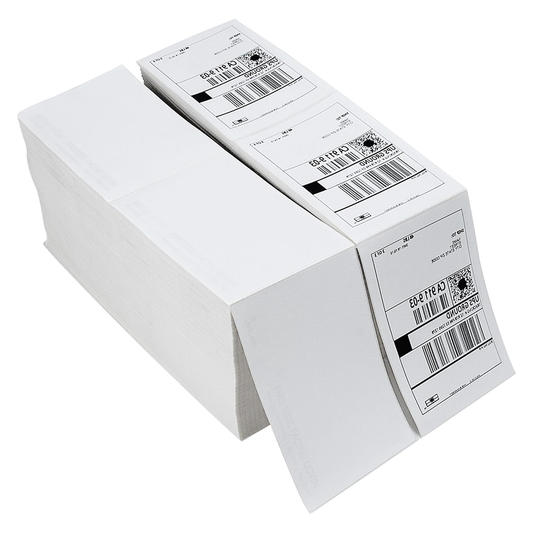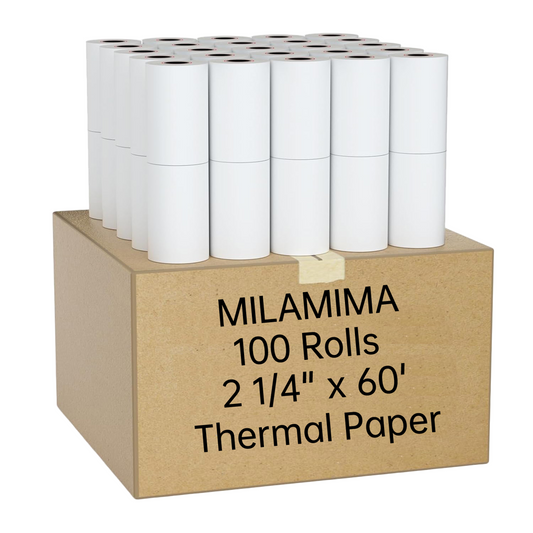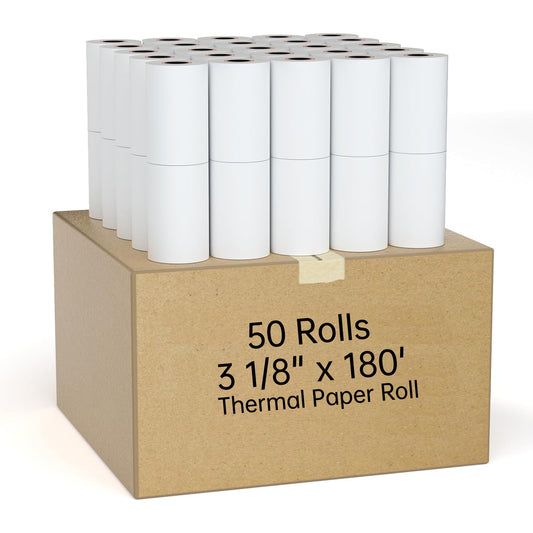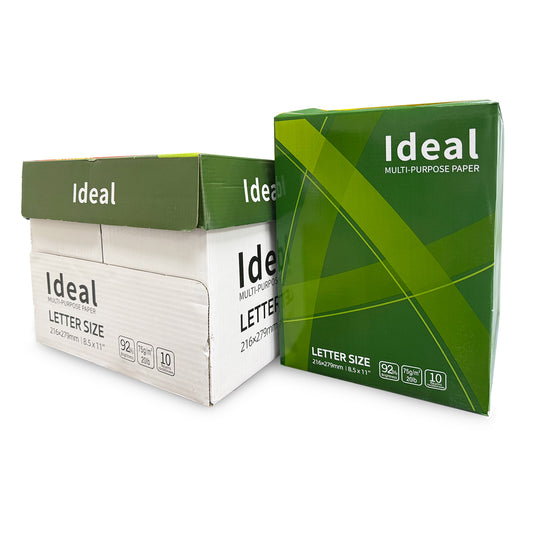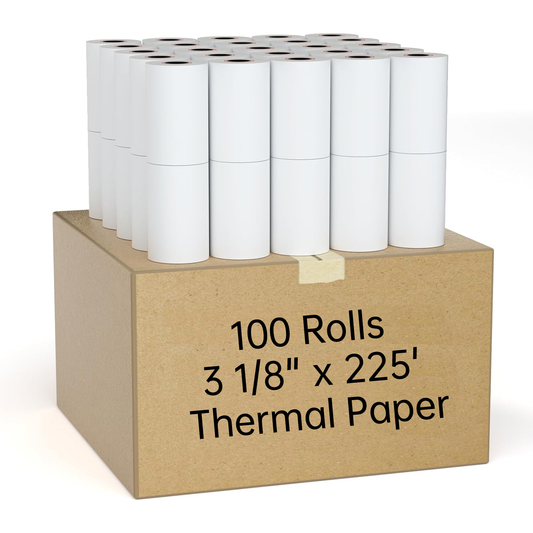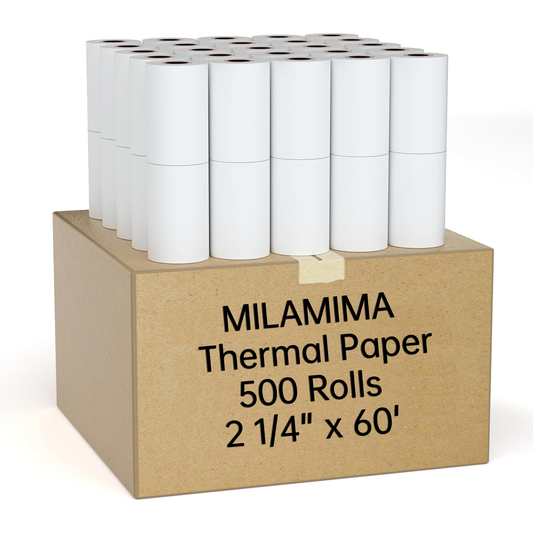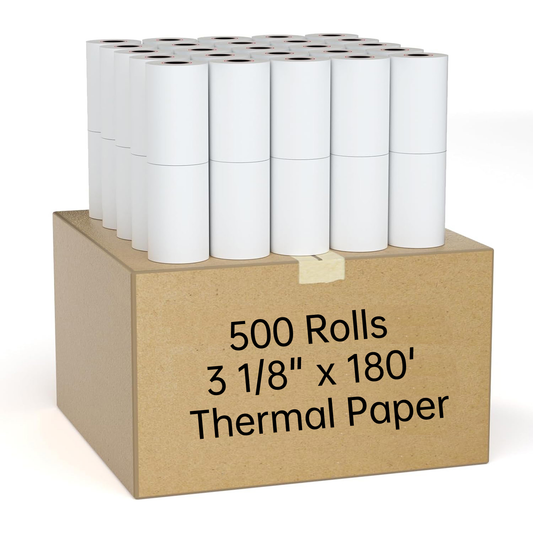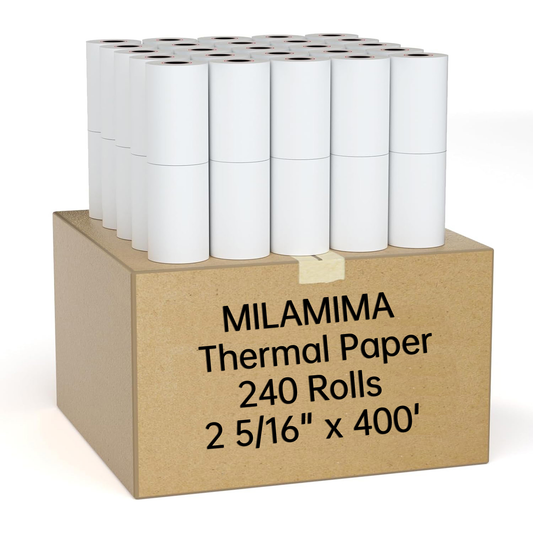What is Thermal Paper?
Thermal paper is a special type of printing paper coated with a chemical layer that changes color when exposed to heat, forming images or text. Unlike traditional printing paper, thermal paper does not require ink or toner, making it widely used in cash registers, receipt printers, and credit card terminals.
How Does Thermal Paper Work?
The key to thermal paper lies in its surface coating, which consists of several layers:
- Base Layer: Typically standard paper that provides support.
- Thermal Coating: Contains dyes and developers that react chemically when heated, producing color.
- Protective Layer (available in high-quality thermal paper): Helps reduce the impact of light, moisture, and friction on the thermal coating.
When the print head of a thermal printer heats a specific area, the coating undergoes a chemical reaction, producing black or blue text and completing the printing process.
Common Uses of Thermal Paper
Due to its ink-free operation, fast printing speed, and low cost, thermal paper is widely used for:
- POS Receipts (supermarkets, restaurants, retail stores)
- Credit Card Slips (banks, payment terminals)
- Shipping Labels (logistics industry)
- Medical Receipts (hospitals, clinics)
- Lottery Tickets
- ATM Receipts
Advantages and Disadvantages of Thermal Paper
✅ Advantages:
- No ink required: Reduces maintenance costs and makes printing more convenient.
- Fast printing speed: Suitable for high-volume receipt printing.
- Easy operation: Simple to load and replace.
- Low noise: Quieter compared to impact printers.
❌ Disadvantages:
- Fades over time: Exposure to heat, light, or humidity can cause the print to fade.
- Not suitable for long-term storage: Recommended storage duration is 3-5 years.
- May contain BPA (Bisphenol A): Some low-end thermal paper may contain BPA, which can pose health risks with prolonged exposure.
How to Choose High-Quality Thermal Paper?
When purchasing thermal paper, consider the following factors:
- Size Specifications: Common sizes include 2 1/4" x 50', 3 1/8" x 230', ensuring compatibility with your POS machine.
- BPA-Free Options: Choose BPA-free thermal paper for a safer, more environmentally friendly option.
- Print Clarity: High-quality thermal paper delivers clearer print results.
- Durability: Premium thermal paper retains print quality longer, reducing fading.
Frequently Asked Questions
Q1: Can thermal paper be used in regular printers?
❌ No. Thermal paper requires a thermal printer to function properly. Regular inkjet or laser printers cannot print on thermal paper.
Q2: How should thermal paper be stored to prevent fading?
✅ Keep it away from heat, direct sunlight, and high humidity. Store in a cool, dry place to extend its lifespan.
Q3: How does thermal paper differ from regular A4 paper?
✅ Thermal paper prints without ink, whereas regular A4 paper requires inkjet or laser printing.
Conclusion
Thermal paper is an essential component of modern transactions, widely used in POS systems, credit card terminals, ATMs, and more. Understanding its properties, advantages, and how to choose the right type ensures better use and management of receipt paper.
👉 Want to learn more about thermal paper? Visit MILAMIMA.COM to shop high-quality, BPA-free thermal paper!

